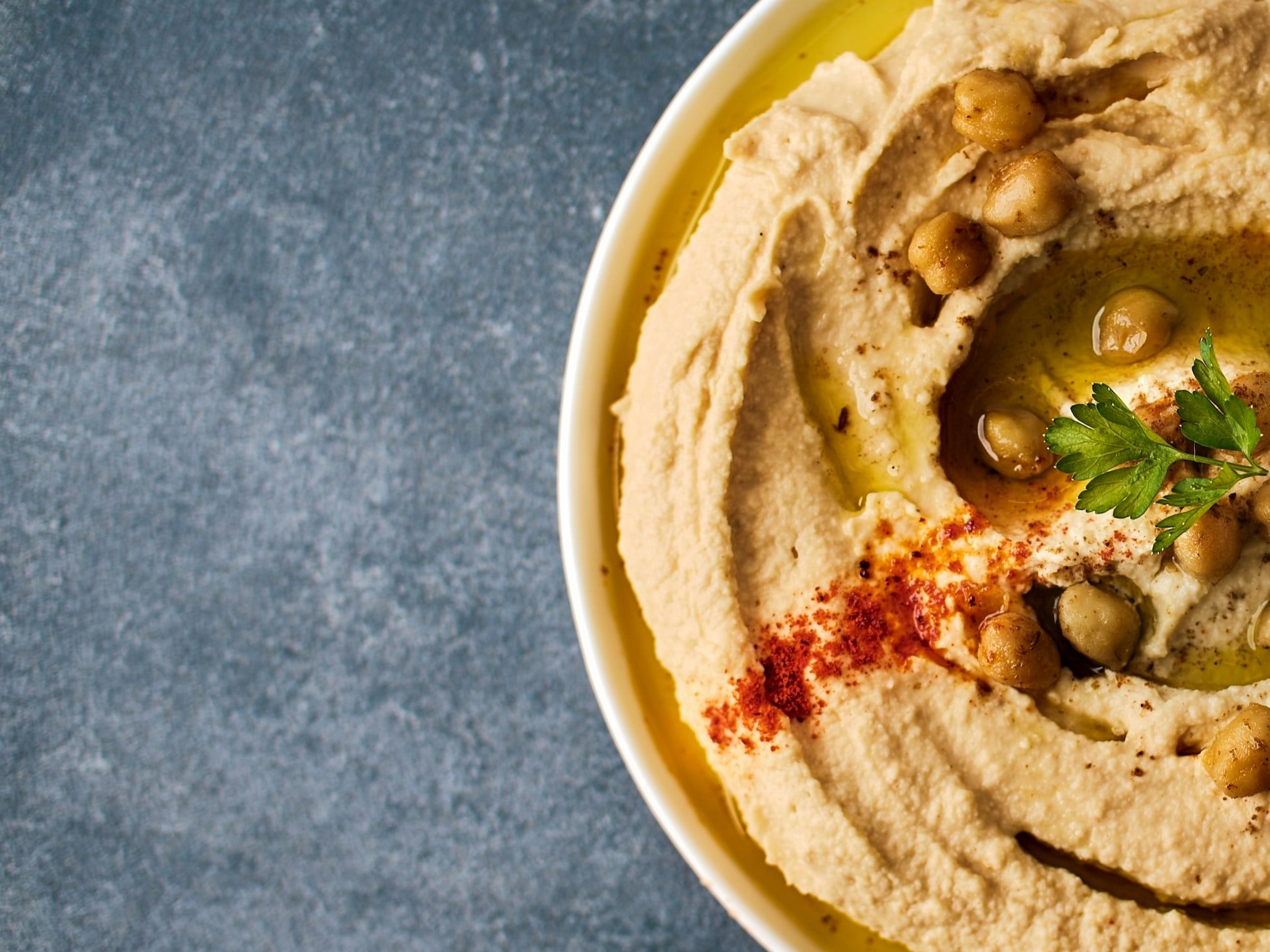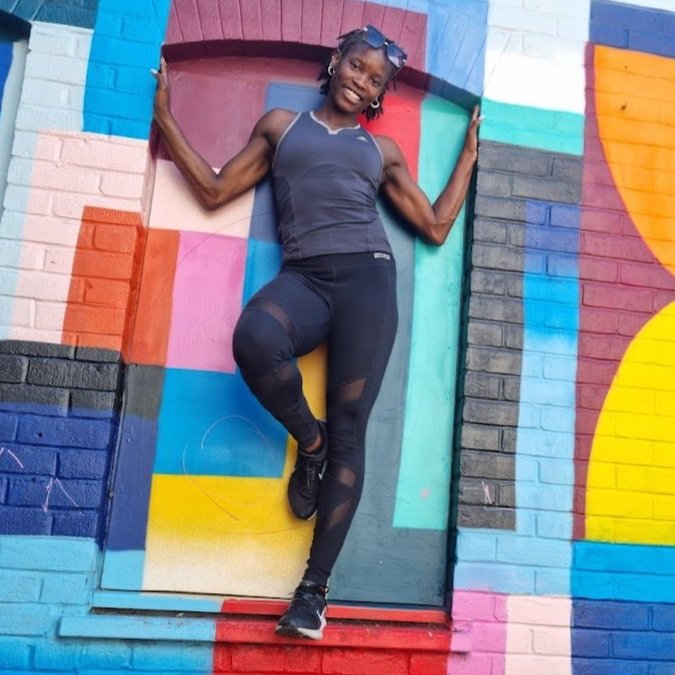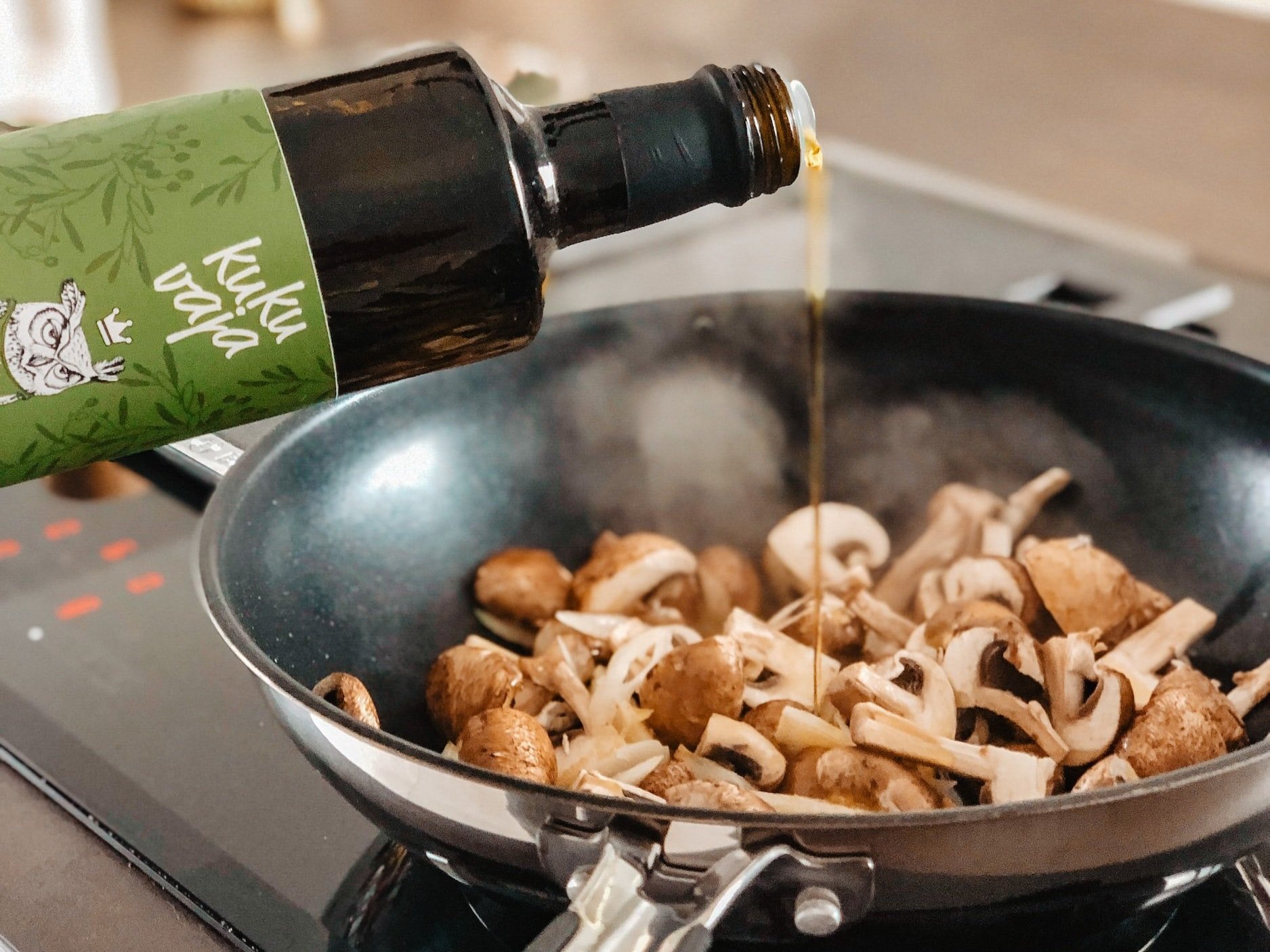Protein Tips For Vegetarians & Vegans
For the average person in western society, protein intake is not a problem. Typically, it is advised that protein make up 10-15% of a person’s daily calorific in take (this includes athletes and those doing weight training); however, the average person in the UK already consumes more than this.
Although protein is an extremely important part of our diets (playing an essential role in the building and repair of muscle tissues, producing enzymes and hormones, and a number of the body’s other processes), there are in fact no added benefits from consuming more protein than the body needs. Excess protein is either removed as urea, used as energy, or this energy is converted to fat and then stored. On the other hand, consuming too little protein can lead to low energy and stamina levels, reduce your resistance to infections, lead to depression, slow down the healing of wounds and even prolong your recovery from an illness.
As a vegetarian or vegan, it is more than possible to get the essential amino acids (protein) you need from your diet without the need for supplements. However, since plant-based proteins are incomplete, i.e., they tend to be lower in or lacking the essential amino acids needed (there are 8 for most adults), then it is really important that vegetarians and vegans eat from a wide variety of food groups.
Many vegetarians fall into the habit of eating a lot of dairy products in order to obtain the protein they need. The problem with this is that they can end up with a diet high in saturated fat. When we look at the UK’s Eatwell guide, dairy is one of the smaller segments of the plate, and so should take up a smaller percentage of your overall diet than some of the others.
If you are a vegetarian or a vegan, below I’ve listed five food group combinations (lower in saturated fat) that you should incorporate into your meals, as these combinations will ensure that you’re getting all the essential amino acids you need without the need for supplements or a high saturated fat diet.
Combination 1: Grains/cereals with legumes/pulses.
Grains tend to lack the amino acids lysine and threonine. Combining grains (preferably wholegrain) with legumes/pulses will make up for this lack and ensure you get all the essential amino acids.
EXAMPLE:
Beans on toast.
Combination 2: Maize with legumes
Maize lacks the essential amino acids, tryptophan and lysine. For a protein complete meal, combine maize with legumes.
EXAMPLE:
Tortillas and beans.
Combination 3: Vegetables with grains or with nuts/seeds.
Vegetables lack the essential amino acid, methionine. These can be combined with nuts or seeds.
EXAMPLE:
Veg & nut roast.
Combination 4: Soya beans or legumes/pulses with grains or nuts/seeds.
Soya beans, legumes and pulses also lack methionine, so nuts and seeds, as well as grains, are a great complementary food for protein intake.
EXAMPLE:
Chickpea/lentil curry and rice.
Combination 5: Nuts/seeds with legumes/pulses
Nuts and seeds lack lysine, so these can be combined with legumes or pulses for your full complement of amino acids.
EXAMPLE:
Hummus.
If you enjoyed this post, please leave a comment below, or share it with a friend you think will benefit.
About The Author: Torema Thompson is a 100m sprinter, qualified personal trainer and UKA speed athletics coach. She is passionate about helping athletes and fitness enthusiasts go from newbies to masters in their athletics and/or fitness.
Connect with Torema on YouTube and Instagram, or subscribe to her email list.








